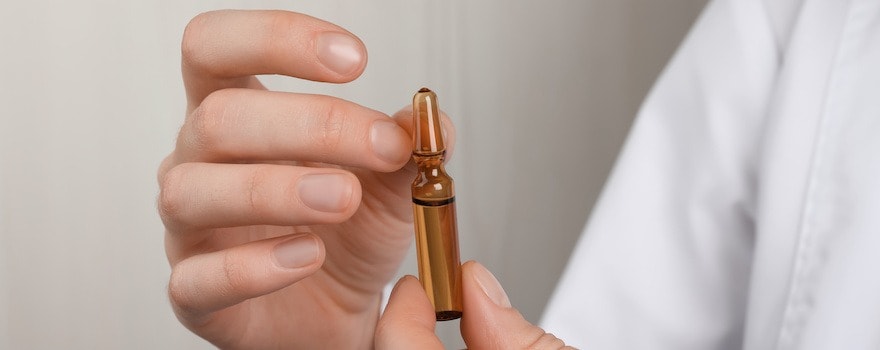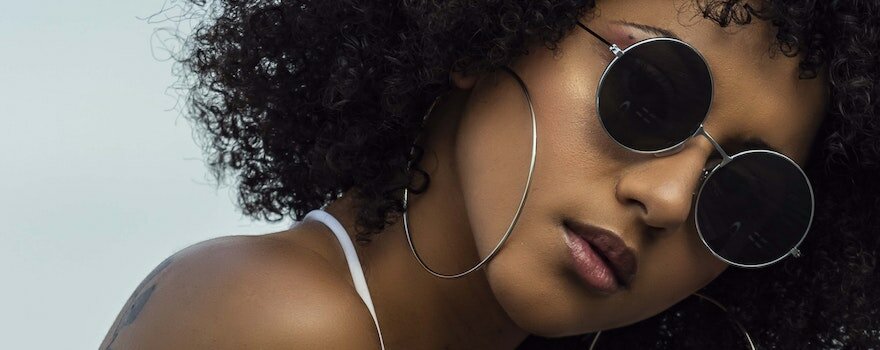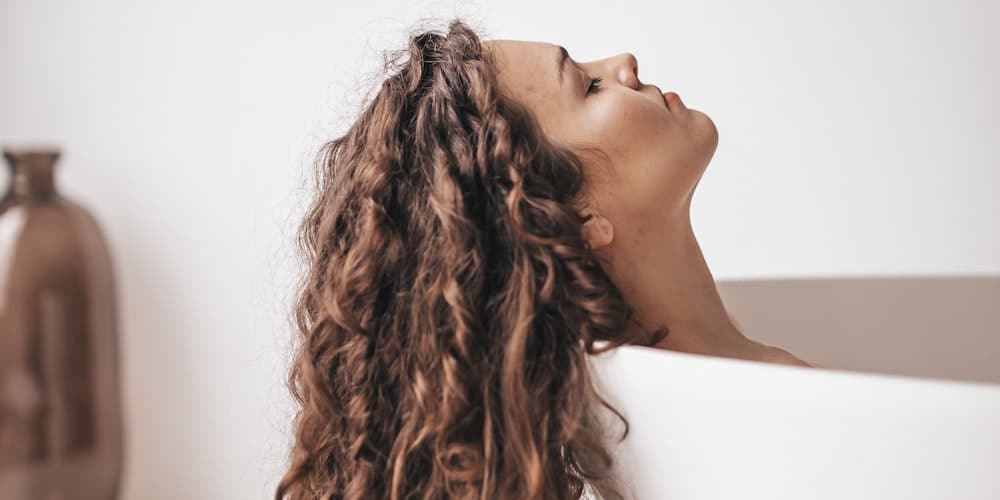What is royal jelly?
A nutrient-rich hive product
The royal jelly is a particularly valuable hive product. This whitish, pearly substance is produced by the hypopharyngeal glands of worker bees and plays an important role in the proper functioning of the hive.
Indeed, unlike honey, which feeds the entire colony, royal jelly is the exclusive food of the queen.
She consumes it her whole life, providing her with fertility and longevity far greater than other bees. She can live up to 40 times longer!
Also read | A pharmacist’s advice for choosing the best royal jelly
Royal jelly is mainly known for its rich nutrient content. It contains:
- a large majority of water;
- some carbohydrates, mainly in the form of glucose and fructose ;
- some proteins;
- lipids including 10-HDA acid (10-hydroxy-2-decenoic acid), the best-known active ingredient of royal jelly, to which researchers attribute antibacterial and immunostimulatory activity;
- many B vitamins, including vitamin B5, also called pantothenic acid, which contributes to the normal synthesis of certain neurotransmitters and to memory and concentration functions;
- trace elements (calcium, potassium, magnesium, phosphorus, iron, copper, silicon).
Studied properties

Royal jelly is credited with several distinct benefits that have made this hive product a well-known dietary supplement.
Among these, it is said to have immunomodulatory properties and would bolster the body’s defenses against external aggressions thanks to its richness in micronutrients and 10-HDA acid.
It may also help promote good cardiovascular health by aiding in the reduction of blood pressure and blood cholesterol.
It is also credited with helping to relieve menopausal symptoms through the estrogenic action of its compounds.
Nevertheless, the vast majority of scientific studies on the subject have been carried out in vitro or in vivo on animals. New studies on humans are necessary. It is also the case for the hair benefits that we list below.
The benefits of royal jelly for hair
Royal jelly to combat hair loss
Royal jelly is also credited with benefits for hair loss. This effect would be due to its richness in vitamin B5. Panthenol (provitamin B5) is also found in many hair care products.
This pantothenic acid would promote cell renewal and the regeneration of hair follicles, strengthening the roots and limiting hair loss at its base.
However, researchers have not yet scientifically proven its effectiveness and studies are needed to confirm this benefit.
A product that may strengthen the hair fiber
Royal jelly would also act on the hair fiber by strengthening it and coating it, thereby protecting it from external aggressions.
Moreover, a coated hair strand is less brittle, less limp and more elastic. By resisting breakage, royal jelly would indirectly allow hair to grow longer, because the ends no longer shorten.
Also read | The 3 best dietary supplements for hair
Again, studies are needed.

Royal jelly for colored hair
Finally, many hair products add royal jelly for colored hair. It provides shine and revives the color’s radiance.
However, its effects are debated regarding its ability to lighten hair. For that, honey is more suitable, since it contains hydrogen peroxide.
How to consume it?
Royal jelly is intended for everyone. Children, teenagers, adults, or elderly people can consume it, provided they are not allergic to honey, and should avoid taking it during pregnancy due to a lack of scientific studies.
It can be consumed in its original fresh form, in capsules, or in vials. It is taken as a course, generally lasting from 3 weeks to over a month.
The ingested dose varies according to the administered form. Commonly, it is recommended to take one to two measuring spoons daily for fresh royal jelly, i.e. 1 to 2 g per day, whereas the dose in a vial, more concentrated, is generally lower (less than 1 g).
To maximize its effects, taking it on an empty stomach upon waking is preferable. It is also necessary to store this fragile product properly, as it is sensitive to air and light.
Keep the royal jelly in a dry place, at a temperature between 2 and 5°C, and avoid exposing it to sunlight.



